Apple
Woolly aphid
Symptoms of damage
Identification of pest
Purplish aphid covered with white cottony mats
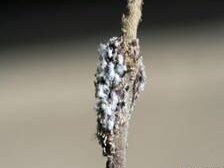
Wolly aphids on twig
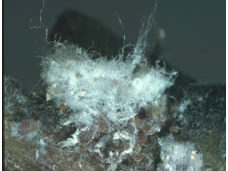
Cottony mat
Management
San Jose scale
Symptoms of damage
Identification of pest
Female: Round, slightly convex with a black pustule
Male: Linear
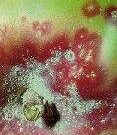
San Jose scale on apple
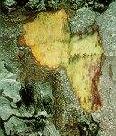
Red colour discoloration

Adult - San jose scale
Management
Codling moth
Symptoms of damage
Identification of pest
Larva: Pinkish-white caterpillar with black or mottled black head
Adult: small greyish moth, chocolate brown patches near the tip of foreswings

Codling moth damage to apple

Codling moth feeding site

Larva
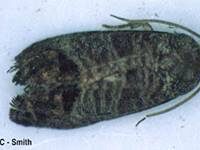
Adult
Management
Apply Virosoft CP4 Granulovirus
Cottony cushion scale
Symptoms of damage
Identification of pest
Female with a cottony ovisac.
Nymph - Pinkish crawler, long antenna and group of hairs.
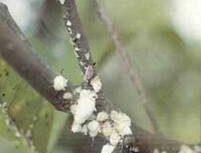
Cottony cushion scale on stem
Management
Stem borer
Symptoms of damage
Identification of pest
Grub: Creamy yellow with dark brown, flat head
Adult: Ashy grey beetle with numerous black tubercles at the base of elytra.
Management
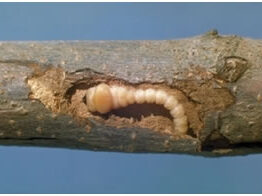
Source: https://agritech.tnau.ac.in/
